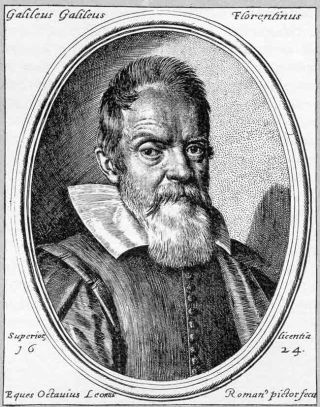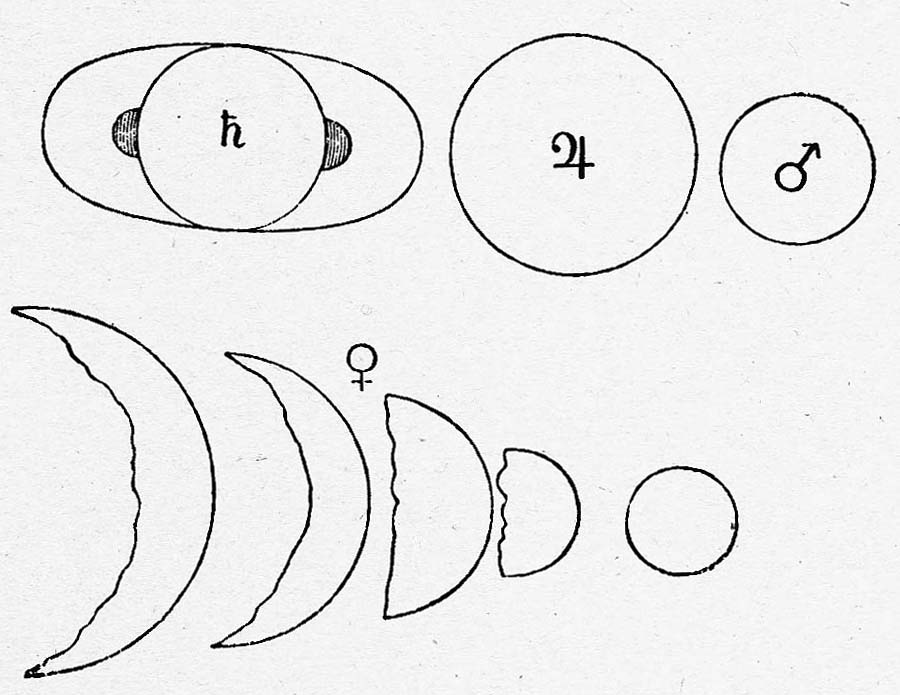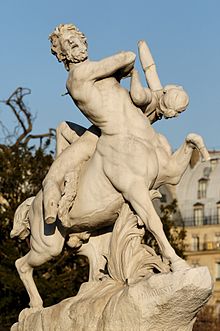
Nessus: Hercules' Killer
We have mostly avoided Hercules in these mythological introductions for the benefit of those who find them intolerably tedious. Were we ever to encounter Hercules himself during our daily excursions through the boundless celestial sphere, the introduction would run into the hundreds of pages. Hercules, or, Heracles as the Greeks named him, was the strongest, bravest and most adventurous of all mythological entities. From the time he was a day old infant and strangled two serpents to his twelve famous labors, his recruitment by Jason to join the Argonauts, and myriad other quests, Hercules did more with his life than almost everyone else combined. During these adventures, many strove earnestly to kill him, most notably the goddess Hera who loathed Hercules for having been one of the many children her husband Zeus sired with other women. Ironically, Hercules' actual killer died many years before Hercules died. To explain, we must introduce the centaur Nessus.
Though a particularly loathsome soul, even by the abysmally low centaurian standards, Nessus the centaur was, however, diabolically clever. He was serving as a ferryman across the River Euenos when Hercules and his wife Deianeira came upon him on the river bank. Nessus offered to convey them across the river. Though Hercules was distrustful of centaurs, owing to the ferocious battle he had fought with the centaurs during his fourth labor, Nessus seemed friendly and trustworthy. Besides, the river current was so swift that even Hercules for all his strength would have found it difficult to cross while carrying his wife. He accepted Nessus' offer and allowed Deianeira to go first, as Nessus wasn't able to carry them both simultaneously. As soon as Nessus and Deianeira reached the opposite bank, the centaur tried to kidnap her. Seeing this attempted abduction, Hercules swiftly let fly an arrow that struck the centaur's side. As the arrow tip had been dipped in Hydra's blood, the Centaur was mortally wounded. While such poison arrows could kill a human instantly, the Centaur was stronger and lasted for a few moments after having been mortally wounded. While Hercules swam madly across the river, Nessus somehow persuaded Deianeira to take some of his blood in a phial and conceal it. "Centaur blood is a powerful love potion," he told the inexplicably trusting Deianeira. "If you ever find your husband's love is weakening, smear this blood on his cloak and he will fall desperately in love with you again. I offer this blood as an act of contrition for my attempted outrage. But, take my blood at once before your husband arrives so he won't know of it."
Deianeira had just managed to collect the blood and hide it by the time Hercules reached the shore and ran his sword through Nessus' corpse. Years later Deianeira had indeed sensed that Hercules' love for her was waning. He had become taciturn in speech, morose in mood and seemed callously indifferent. Still being passionately in love with Hercules, Deianeira felt so tormented by his distant manner that she found the phial of blood and smeared it on Hercules' cloak while he slept. The next morning he awoke and his wife anxiously waited for him to put on the cloak and rekindle his love for her. Instead, when he draped the cloak over himself, Hercules screamed in agony. He frantically removed the cloak and much of his flesh came away with it. The blood had soaked into his body and he was tormented by an excruciating pain that he had never before known. His anguish was so intense he actually begged to die, but, of course, the gods conferred immortality on him after he had completed his twelve labors. He desperately offered to relinquish his immorality just to stop the agony. Zeus, who, after all, was Hercules' father, reluctantly consented to rescind the immortality. Hercules then quickly constructed his own funeral pyre and lit it. Realizing what she had done, Deianeira threw herself onto the same flames that consumed Hercules. The Goddess Hera, Hercules' arch nemesis, placed Nessus in the stars as an honor for doing what thousands before him had been unable to do: kill Hercules...at least indirectly. We know of this constellation as Sagittarius the Archer, the low southern constellation that will rise into prominence as we move into summer. 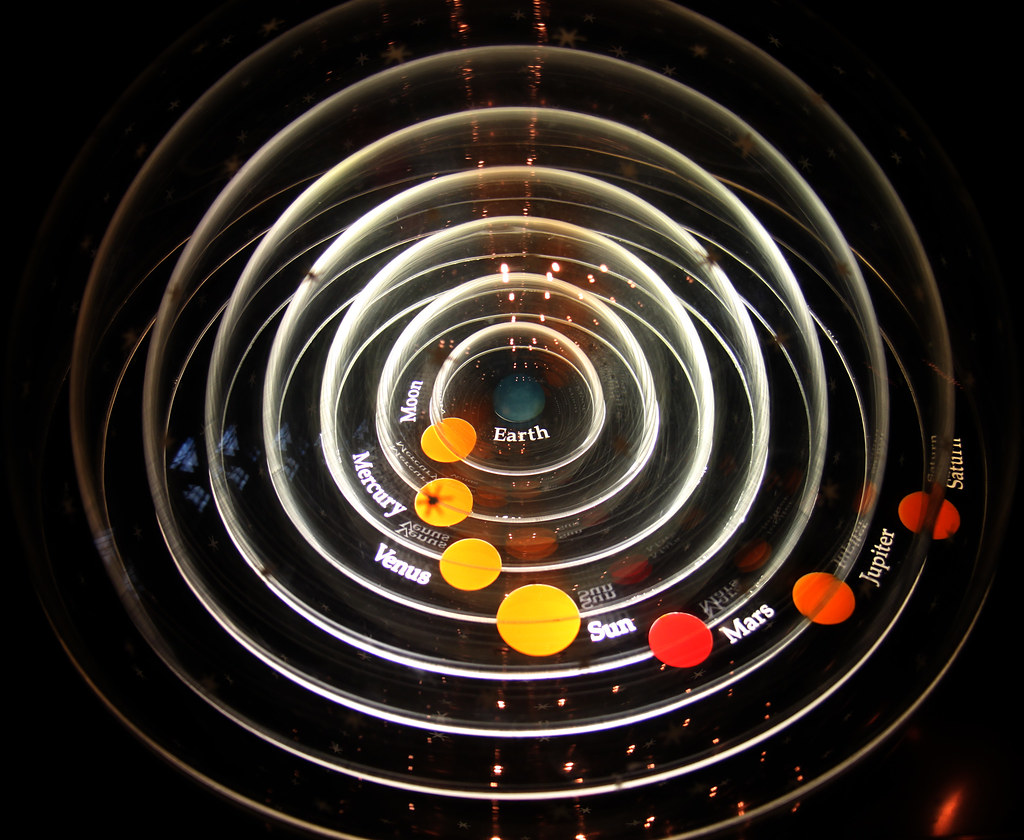
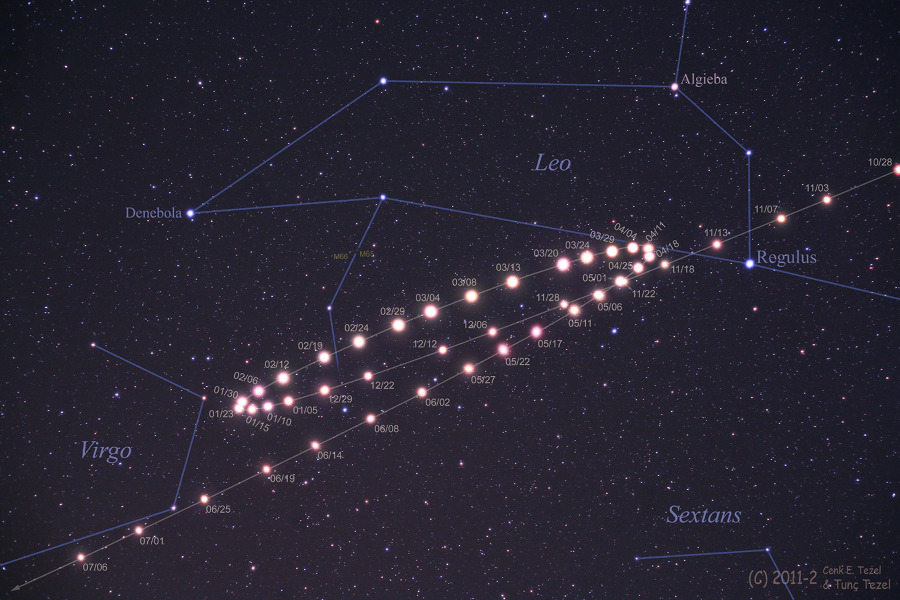
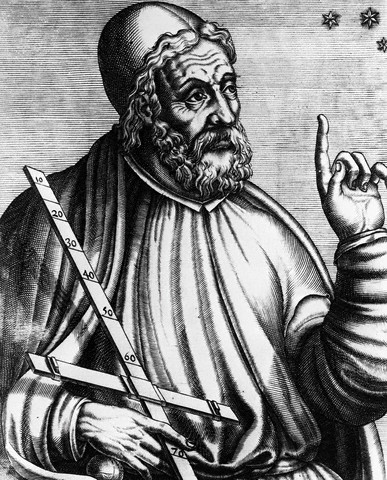
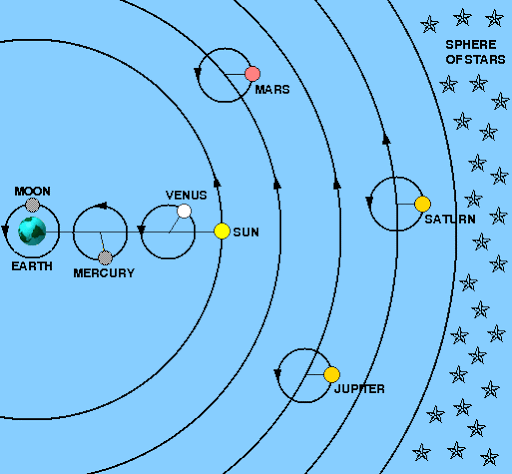

.jpg%22&N=download (1).jpg)
